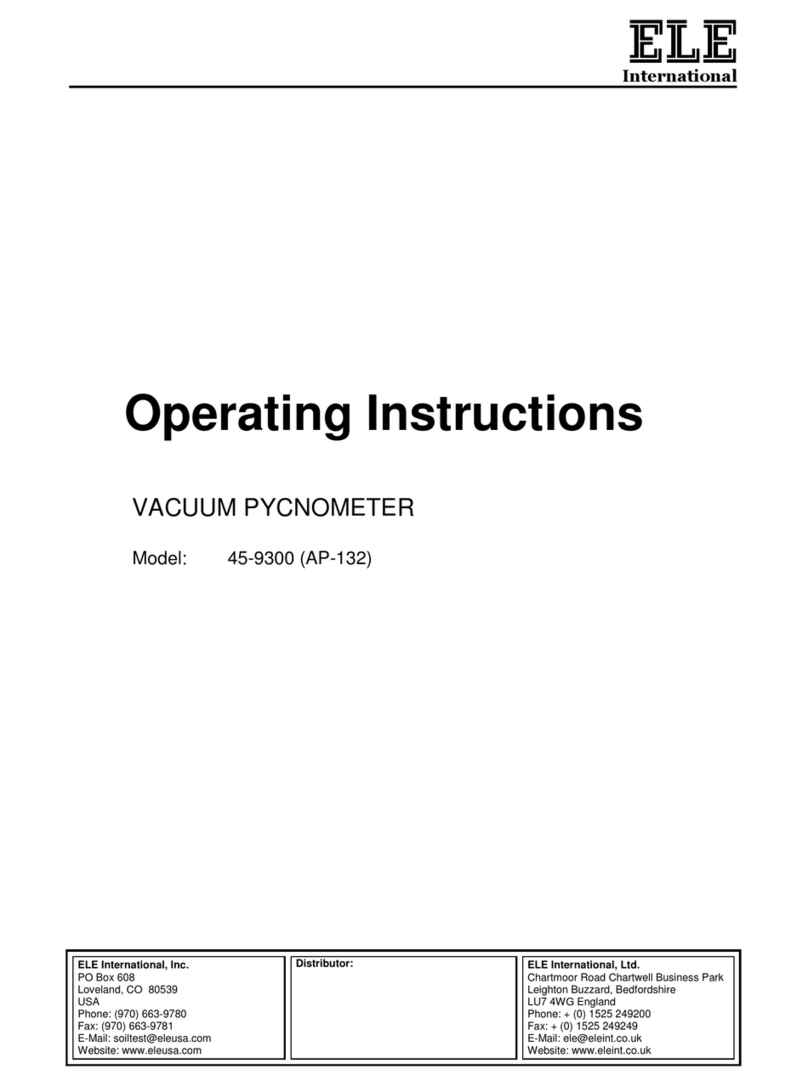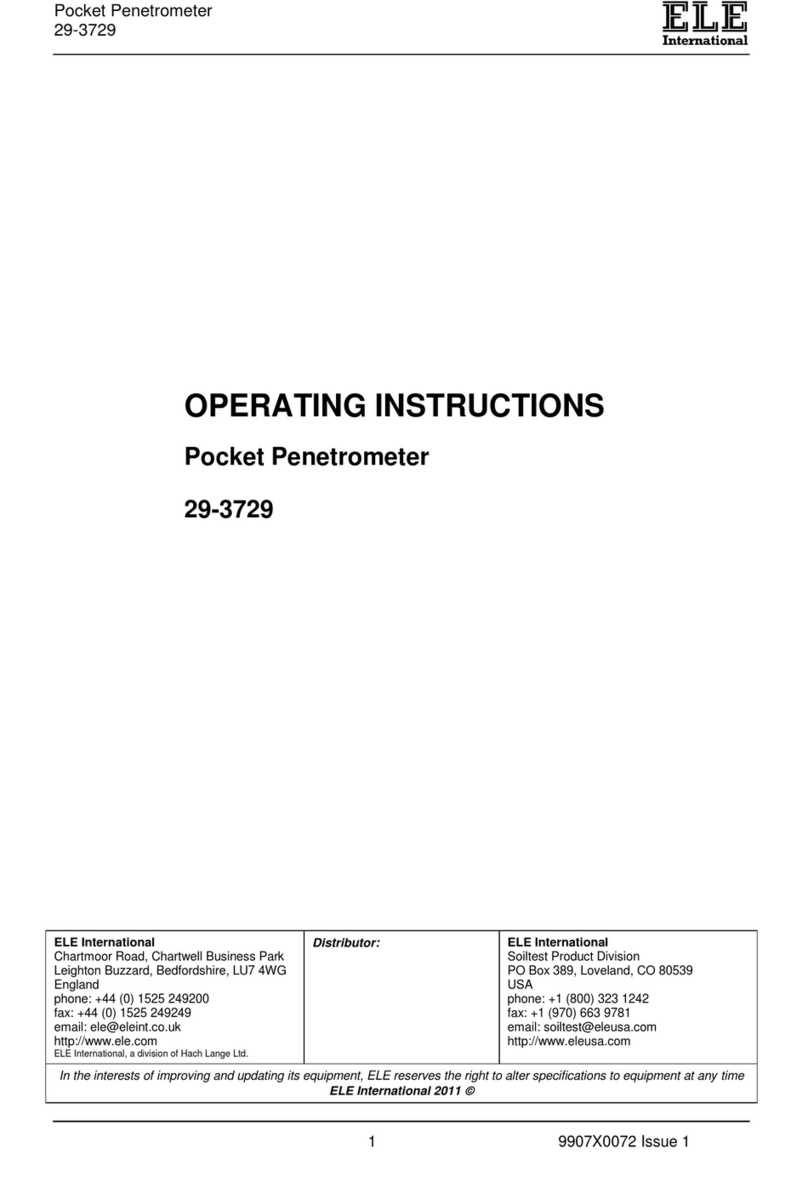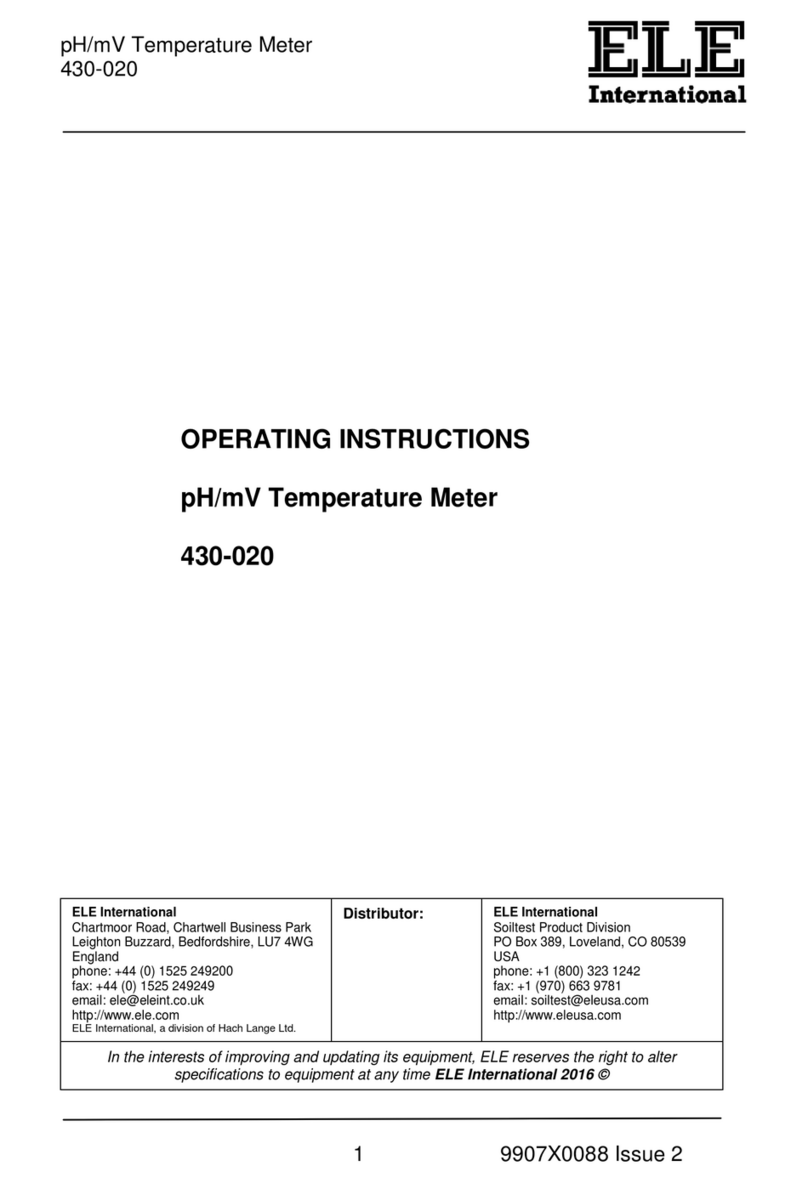Safety notes
WARNING
Chemicals
All relevant safety measures are to be observed when
working with chemicals.
a)
Set up the instrument in a well-ventilatedlocation.
b)
Any spills should be wiped offimmediately.
c)
When using chemicals and solvents, comply with
the instructions of the producer and the general lab
safety rules.
WARNING
Flammable Solvents
All relevant safety measures must be observed when
working with flammable solvents and chemicals.
a)
Keep all sources of flame away from the
workplace.
b)
When using chemicals and solvents, comply with
the instructions of the producer and the general lab
safety rules.
FCC Rules
This device complies with Part 15 of the FCC Rules and Radio Interference
Requirements of the Canadian Department of Communications. Operation is
subject to the following conditions: (1) this device may not cause harmful
interference, and (2) this device must accept any interference received,
including interference that may cause undesired operation.
This equipment has been tested and found to comply with the limits for a
Class A digital device, pursuant to Part 15 of the FCC rules. These limits are
designed to provide reasonable protection against harmful interference when
the equipment is operated in a commercial environment. This equipment
generates, uses, and can radiate radio frequency energy and, if not installed
and used in accordance with the instruction manual, may cause harmful
interference to radio communications. Operation of this equipment in a
residential area is likely to cause harmful interference in which case the user
will be required to correct the interference at his own expense.































